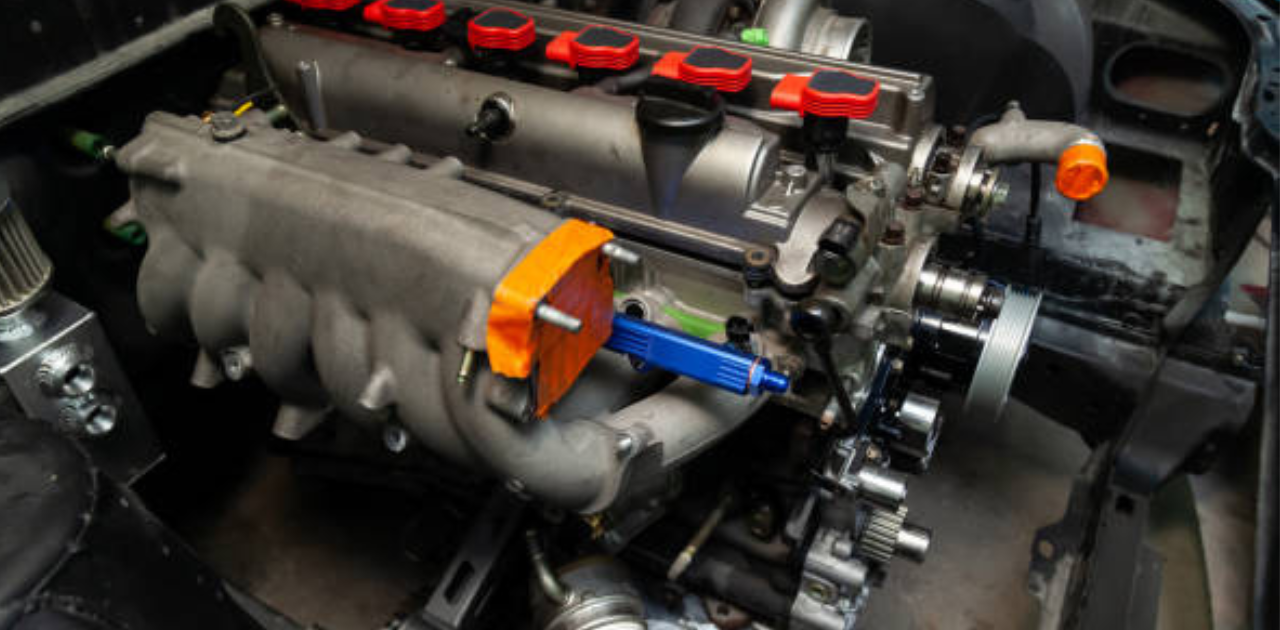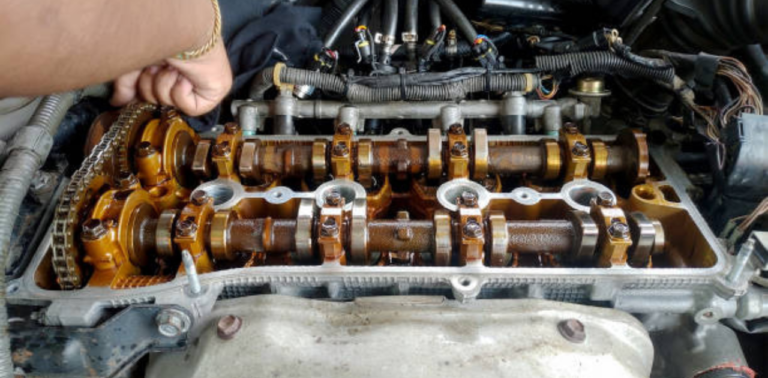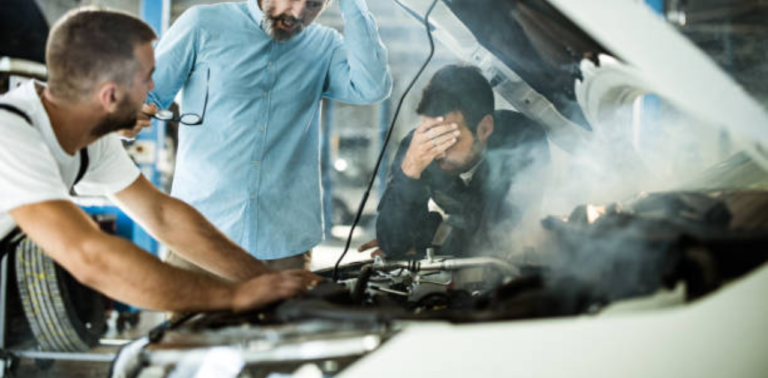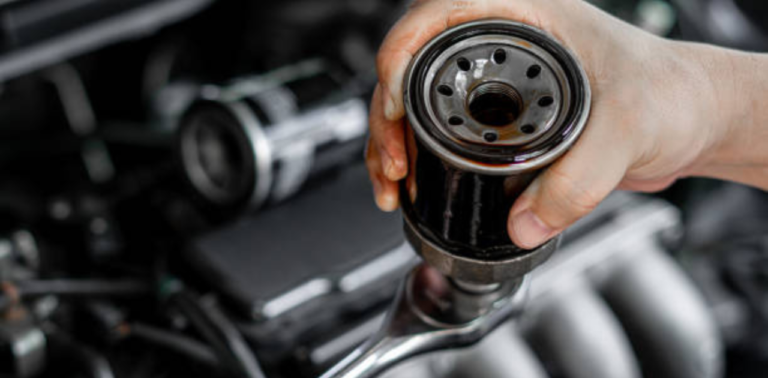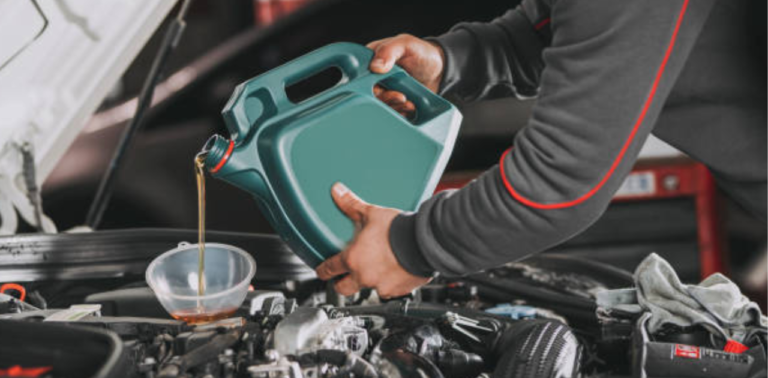What Do You Need for a 2-Stroke Engine? Beginner’s Guide: A Comprehensive Overview
If you are new to the world of motorcycling, it may seem overwhelming to you to deal with the peculiarities of engines and their types. One of the most common types of engines you will encounter in this area is the 2-stroke engine. This guide is designed to give beginners a comprehensive understanding of how to start a 2-stroke engine, deal with the first kick, basic knowledge of 2-stroke dirtbikes, and make it suitable for beginners.
What Is a 2-Stroke Engine: Simplified Explanation
A 2-stroke engine is a type of internal combustion engine that completes its combustion cycle in only two strokes of the piston, which are the compaction stroke and the working stroke, making the2-stroke engine easier to design and operate compared to its counterpart, the 4-stroke engine.
The Basic Working Principle
To understand the two-stroke engine, it is important to understand its basic operating principle. Here is a simplified explanation:
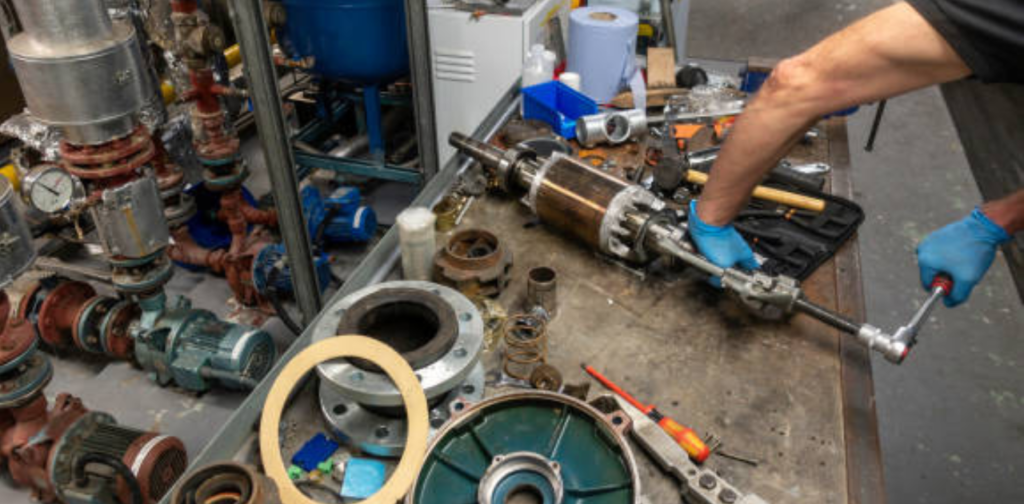
Intake and compression stroke: When the piston moves upwards, a vacuum is formed in the crankcase. This vacuum sucks a fuel-air mixture from the carburetor into the crankcase. At the same time, the piston compresses the previous fuel-air mixture in the upper part of the cylinder.
Ignition and stroke: When the piston reaches the peak of its stroke, the spark plug ignites the compressed fuel-air mixture. The explosion drives the piston down (work cycle) and produces the motor force that turns the crankshaft and drives the vehicle.
Exhaust and rinse: When the piston reaches the lower part of its stroke, it releases openings in the cylinder wall. The pressure in the crankcase forces a new fuel-air mixture into the cylinder, while the exhaust gases are pushed outward by the exhaust port. This process is called flushing.
The 2-stroke engine repeats this cycle every time the crankshaft is turned, which allows a more frequent power output compared to a 4-stroke engine.
Advantages of 2-Stroke Engines
Simplicity and lightweight: 2-stroke engines have a simpler design with fewer components, making them lighter and more compact. This makes them easier to maintain and fewer parts may fail.
High performance/weight ratio: Due to their design,2-stroke engines produce more power for their weight. This high power weight results in a more agile and faster acceleration, which makes them popular with applications such as motocross and off-road trips.
Less moving parts: With fewer moving parts and a simpler construction, 2-stroke engines are generally more cost-effective in manufacturing and repair. This attracts enthusiasts looking for a budget-friendly option.
Limitations of 2-Stroke Engines
Pollution and emissions: 2-stroke engines generally produce higher emissions than 4-stroke engines, mainly due to the mixing of oil and fuel. This has led to concerns about the environmental impact and legal restrictions in some regions.
Oil mixture: An important requirement for 2-stroke engines is the need to mix the oil with the fuel. Maintaining the correct oil-fuel ratio is crucial for proper lubrication and engine longevity.

How Do You Start a 2-Stroke Engine?
Starting a 2-stroke engine requires a systematic approach to ensure smooth ignition and smooth operation. Here is a step-by-step guide to help you start your 2-stroke engine effortlessly:
Prepare your motorcycle: Before trying to start a 2-stroke engine, make sure the motorcycle is on a stable surface and the idle run is inserted. Inspect the fuel system or exhaust for any visible damage or leaks.
Turn on the fuel: Make sure the fuel switch is on to allow the fuel to flow to the carburetor. This is essential for proper combustion.
Choke and choke flap: Turn on the choke to get a fatter fuel mixture, which makes it easier to start. In addition, gently turn the throttle valve to allow enough air to enter the carburetor.
Start: Sit carefully on the motorcycle and place one foot on the footrest and the other on the ground. Start the engine with a steady and powerful movement. Repeat the kickstart process if necessary.
Adjust the choke and throttle: Once the engine starts, set the choke and throttle to an optimal position for smooth idling.
If you follow these steps, you can start your 2-stroke engine efficiently and make your way to your adventure
How Do You Start a 2-Stroke on the First Kick?
Starting a 2-stroke engine at the first kickstart requires precision and practice. Here are some tips to improve your chances of a successful first kickstart:
Prepare the engine: Before you try the first kickstart, you should tap the kickstart lever a few times to prepare the engine. This helps to put the piston in the correct position to allow an effective kickstart.
Correct positioning: Place the kickstarter lever at the top end of the stroke to ensure that the piston is in the optimal position for the ignition.
A steady, powerful kick: Make a steady and powerful kick on the Kickstarter lever by using your body weight to generate enough force. The kicking should be deliberate and controlled.
Check throttle: Gently rotate the throttle lever during the kicking process so that the engine can absorb the mixture of fuel and air. This can contribute to a gentler and faster ignition.
Timing and Exercise: The first kickstart requires practice and an understanding of the unique characteristics of your special 2-stroke engine. Experiment with the timing and force applied during the kickstart to find the optimal point.

What Do I Need to Know About a 2-Stroke Dirt Bike?
Two-stroke dirtbikes are very popular with motocross enthusiasts and off-road riders due to their low weight, their simplicity, and their strong performance. Here are some important aspects you should know about 2-stroke dirtbikes:
Engine characteristics: A 2-stroke engine completes its combustion cycle in only two piston strokes (compaction and working stroke), resulting in a more frequent power output compared to a 4-stroke engine. This makes them ideal for high-speed, powerful rides.
Power weight: 2-stroke dirtbikes usually have a higher power-weight than 4-stroke engines. This means that they provide more power for their weight, making them agile and fast on the track.
Maintenance: 2-stroke engines must be maintained regularly, in particular the air filter, exhaust system, and pistons. Cleaning and maintenance of these components is essential for optimum engine performance and durability.
Fuel and oil mixture: Unlike 4-stroke engines, 2-stroke engines require a mixture of gasoline and oil for effective operation. It is important to follow the manufacturer’s recommendations for the correct fuel-oil ratio.
Are 2 Strokes Good for Beginners?
The suitability of two-stroke motorcycles for beginners depends largely on the individual riding practice, comfort, and willingness to adapt to the unique characteristics of these motorcycles. Several factors have to be taken into account:
Performance and responsiveness: 2-stroke dirtbikes are faster to react and offer a faster performance boost, which can be intimidating for beginners. Proper handling of the accelerator pedal and gradual acclimation to the motorcycle’s power band are crucial.
Maintenance: 2-stroke engines require more frequent and special maintenance compared to 4-stroke engines. Beginners should be willing to learn and perform this maintenance or have access to a reliable mechanic.
Learning curve: The learning curve for a 2-stroke motorcycle can be steeper for a beginner, as precise throttle control and an understanding of the performance range require a lot of commitment and practice, however, beginners can become experienced drivers.

Conclusion:
Two-stroke engines offer unique advantages and challenges for drivers, especially for beginners. It is important to consider the advantages and disadvantages, to take into account your comfort, and to include your willingness to learn the special maintenance and driving techniques for 2-stroke dirtbikes.
